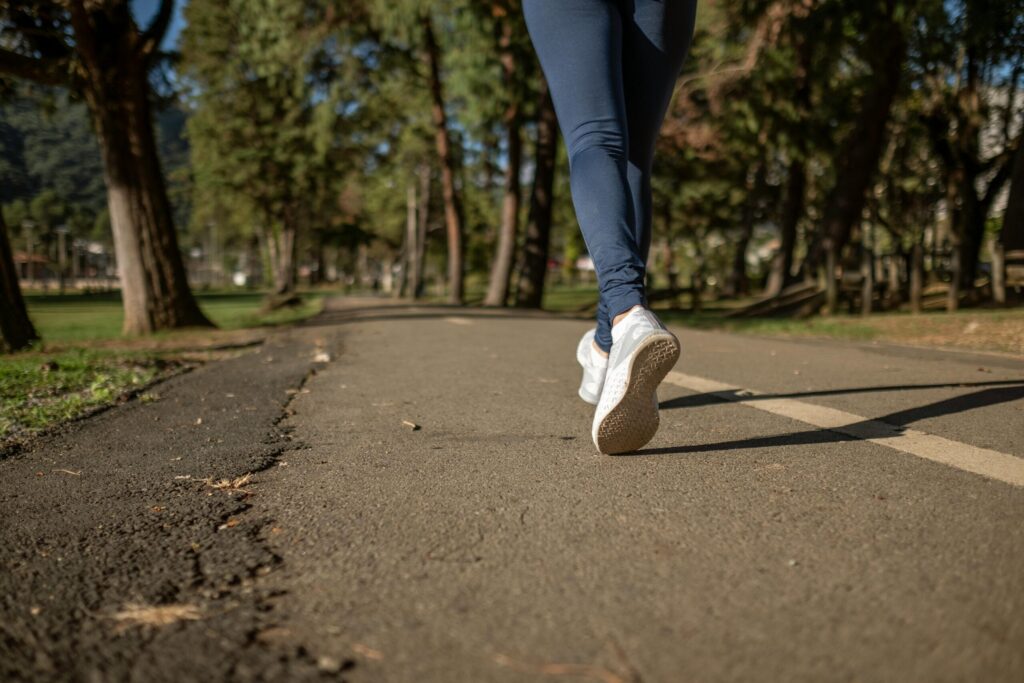Japanese Walking Method Goes Viral: What the Science—and Trainers—Say About Its Benefits

A new fitness trend from Japan is making waves across social media platforms and it’s not just a gimmick. The “Japanese Walking Method” has gone viral on TikTok, with users touting its benefits as not only a refreshing take on fitness, but in some cases, superior to the often-recommended 10,000 daily steps.
Far from being a mere fad, the method is rooted in science and backed by fitness professionals. At its core, it’s a form of interval training that alternates walking speeds to maximize both physical and mental gains. Its simplicity is one of its greatest assets: three minutes of slow walking, followed by three minutes of brisk walking, repeated over a 30-minute session.
“It’s essentially walking interval training,” says Sam Wood, a prominent Australian fitness coach and founder of 28 by Sam Wood. “It’s always interesting when very simple workout principles get repackaged with an in-vogue name and go viral. But anything that gets people moving is a win.”
The Science Behind the Stride
First introduced in 2007 by Japanese researchers, the method was originally tested on middle-aged and older adults. Their findings? This form of high-intensity interval walking helped stave off age-related declines in blood pressure, thigh muscle strength, and cardiovascular capacity. Participants in the high-intensity walking group significantly outperformed those who either walked at a constant moderate pace or did no training at all.
According to Wood, the intensity bursts raise your heart rate and improve endurance over time. “The technique will still be effective even as your baseline fitness improves. It’s about hitting your own maximum effort, which looks different for everyone,” he says.
Accessible and Customizable
Unlike many fitness regimes, Japanese walking requires no equipment, no gym, and no prior athletic experience. “It’s low-impact and joint-friendly—accessible for almost everyone at any age,” Wood explains. Whether you’re walking alone, with a friend, or listening to a podcast, the method can be slotted into nearly any lifestyle or schedule.
There are no fixed speeds, either. The focus is on personal effort: walking briskly enough to elevate your heart rate, then easing back to recover, all without stopping. Over time, this rhythm improves aerobic capacity, strength, and even mental well-being.
The Mental Health Boost
Beyond the physical perks, Japanese walking stimulates endorphins, which boost mood, support better sleep, and reduce stress. In an era where burnout and anxiety are on the rise, adding mindful movement to a daily routine offers tangible psychological benefits.
Is There a Catch?
While there are no physiological downsides to Japanese walking, not everyone may enjoy turning their relaxing stroll into an interval-based workout. For those seeking a more meditative or leisurely walk—especially one accompanied by a podcast or iced matcha in hand—the three-minute timer may feel intrusive.
Still, for those looking to increase their fitness without the pressure of a full-blown gym session, the method offers an efficient and sustainable alternative.
“If you’re after something more sweat-inducing than your usual morning stroll, this is a fantastic solution,” says Wood. “But if you’d rather wander the park to Taylor Swift with no pressure—then you’re doing just fine, too.”
By Staff Writer, Courtesy of Forbes | June 25, 2025 | Edited for WTFwire.com
Source: The Daily Telegraph
: 171







